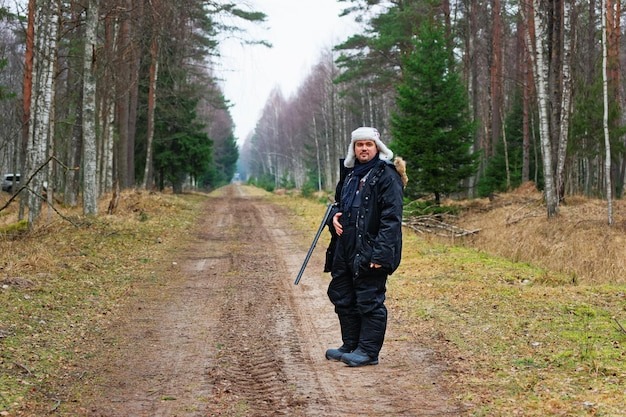Rainy weather brings out a unique set of challenges in the hunting field. Not only are you up against slick trails and damp clothing, but the downpour can also reduce visibility, increase noise, and potentially make hunting feel more like a survival exercise than an outdoor adventure.
But, with the right gear, a bit of preparation, and the right mindset, you can stay dry, comfortable, and even turn rain into an advantage.
Here’s what I’ve learned about tackling rainy hunts without losing my comfort—or my patience.
The Right Rain Gear Makes All the Difference
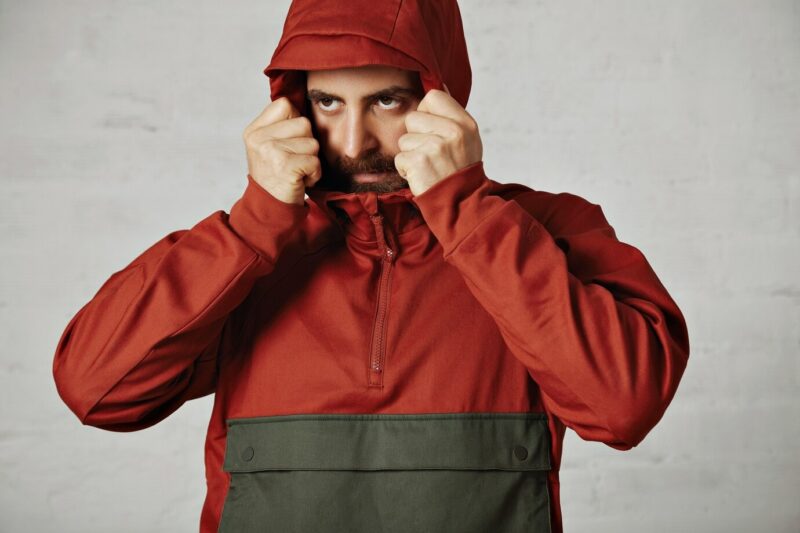
Your first layer of defense against the rain is your gear. High-quality rainwear is essential for keeping dry without overheating, and there are a few solid options out there.
Choosing Waterproof and Breathable Options
One big question with rain gear is whether to go for breathable or non-breathable fabrics. Breathable jackets, like those made with Gore-Tex, let your body heat escape while blocking rain.
However, they can sometimes fall short in heavy downpours. On the other hand, non-breathable options, such as Grundens Neptune jackets, offer total waterproofing but can trap heat and feel stuffy.
For a lightweight option that offers a balance of waterproofing and breathability, many hunters I know swear by jackets like the Sitka Dewpoint. But if you’re going on a late-season hunt where warmth is a priority, a fleece-lined jacket like the Stone Glacier M7 can keep you comfortable.
Key Features to Look For
When picking a rain jacket, pay attention to a few details:
- Adjustable hoods, cuffs, and hemlines – These help keep water from seeping in at critical points.
- Ventilation zippers – These are a godsend when temperatures start to rise.
- Quiet fabrics – Some rain jackets, like the Sitka Thunderhead, use soft fabrics to reduce noise, an essential feature if you’re stalking game up close.
Dry Bags for Your Gear
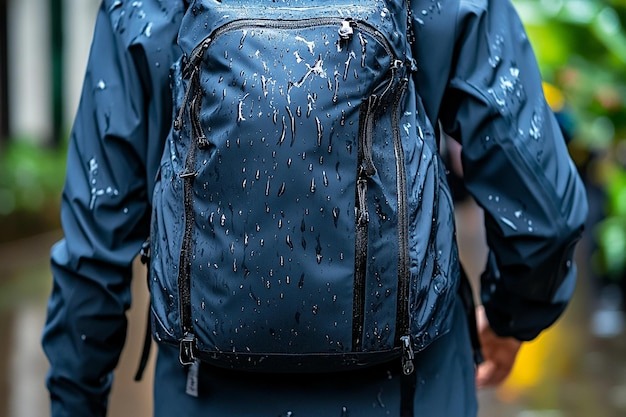
Electronics, food, and extra clothes can quickly become useless if they get wet. Packing a few dry bags in your backpack helps keep essentials organized and safe from rain.
I keep anything that absolutely needs to stay dry, like maps, a change of socks, or snacks, in individual dry bags within my main pack.
When protecting essential items like maps, electronics, or extra clothing, consider high-quality dry bags that provide watertight storage. Check out for more info on durable options that withstand even heavy rain.
Layering Right
Rain and insulation don’t always play well together, and wet, soggy clothing is the quickest way to end a hunt. Synthetic insulation is the way to go since it retains warmth even when damp, unlike down.
A solid layering system can help keep your temperature regulated and prevent chills when you’re waiting for a shot.
Ideal Layering System
- Moisture-wicking base layer – This layer sits closest to your skin and keeps sweat from sticking around. Synthetic or merino wool are great choices.
- Insulating mid-layer – A synthetic fleece or similar material provides warmth without adding bulk.
- Waterproof outer shell – This is your shield against the rain.
The combination of synthetic materials helps you stay warm and relatively dry, even when the rain is relentless.
Keep Feet Dry
Nothing drains energy faster than cold, wet feet. Choosing waterproof boots with good grip can make a big difference in keeping your feet dry and stable on muddy trails.
I’ve found that brands like LaCrosse and Danner offer options that combine waterproof materials with solid tread for handling uneven terrain.
Adding a pair of gaiters over your boots is another excellent way to prevent mud, water, and debris from sneaking in.
This extra layer not only helps with warmth but also boosts dryness, keeping you more comfortable overall.
Gloves
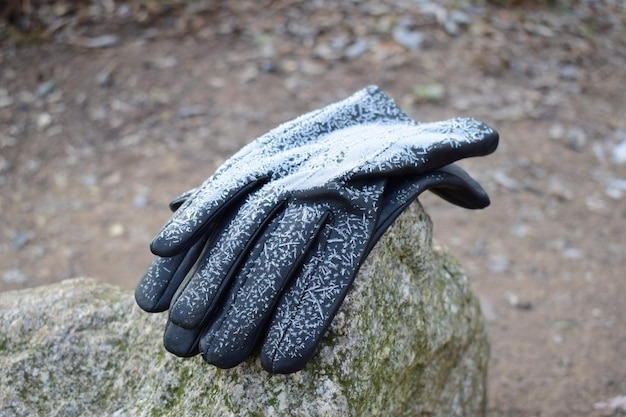
If you’ve ever tried to shoot with numb fingers, you know how essential good gloves are in wet conditions.
Opt for waterproof gloves with insulation—neoprene or fleece-lined gloves work well for me. I also carry an extra dry pair in a sealed bag, just in case my first pair gets too soaked.
Portable Shelter for a Quick Break
When the rain is pouring and you need a quick reprieve, a portable shelter can be a lifesaver. Lightweight rain tarps or bivvies offer instant cover and a dry place to rest.
Especially in areas with unpredictable weather, packing a small tarp lets you take a breather, re-energize, and protect your gear without heading back to camp.
Protecting Firearms from Moisture Damage
Rain doesn’t just affect comfort—it can mess with your equipment, too. Moisture can corrode metal parts on rifles or shotguns, so keeping a soft cloth and rust-inhibiting oil handy is a must.
I also put a small piece of electrical tape over my gun’s muzzle to stop water from getting inside, which doesn’t impact shooting accuracy.
Scope caps are also vital in rainy weather, keeping optics dry and free from water spots. Another trick I use is to rub a dab of ChapStick on scope screws, which helps prevent rust.
Choosing Quiet Rain Gear
Loud, stiff fabrics on rain jackets can be enough to spook game animals, especially if you’re getting close.
Look for rain gear with softer, quieter materials to minimize sound. Jackets with brushed finishes are great for reducing rustling noises.
Hand and Foot Warmers for Extra Comfort
Hunting in cold rain can sap body heat quickly. I pack a few disposable hand and foot warmers, which I place in my gloves or boots as needed.
It’s a small item, but it goes a long way in keeping my hands and feet warm and keeping me in the game.
Boosting Visibility in Rainy Conditions
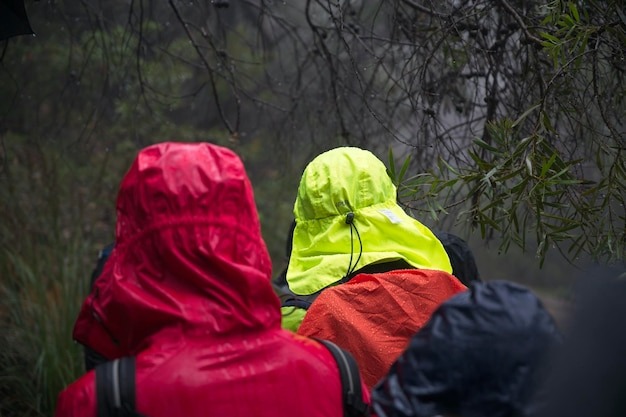
Rain, fog, and low-light situations reduce visibility, which can be both dangerous and inconvenient.
Many rain jackets and backpacks now include high-visibility patches or accents, but if yours doesn’t, reflective strips or patches are easy to add to any gear. It’s an extra precaution that makes it easier for hunting partners to spot each other.
Preventing Chafing and Protecting Electronics
Long hours in wet clothing can lead to uncomfortable chafing. Applying a moisture-wicking powder or lotion to areas like ankles, wrists, and waist can help prevent irritation.
For electronics like GPS units, a waterproof case is crucial, and gear rated IPX7 or higher will hold up well in the rain.
The Mental Game of Hunting in the Rain
Rainy hunts require a different level of patience. Many animals become more active in wet weather, feeling less exposed due to the softened sounds and masked scents.
Mentally preparing yourself to stay calm, adapt to unexpected conditions, and seize opportunities when the rain lets up can keep the hunt enjoyable. Rain can feel relentless, but embracing it as a part of the challenge often makes the experience more rewarding.
Wrapping It Up
Hunting in the rain isn’t for everyone, but with good rain gear, a reliable layering system, and a few handy items, it can turn into an unforgettable experience.
The key is staying prepared, both mentally and physically. After all, those challenges in wet weather often lead to some of the best hunting stories.
Rain doesn’t have to mean retreating indoors. With the right approach, it can be just another part of a successful hunt, where you emerge not only with a prize but also with a solid sense of accomplishment.

